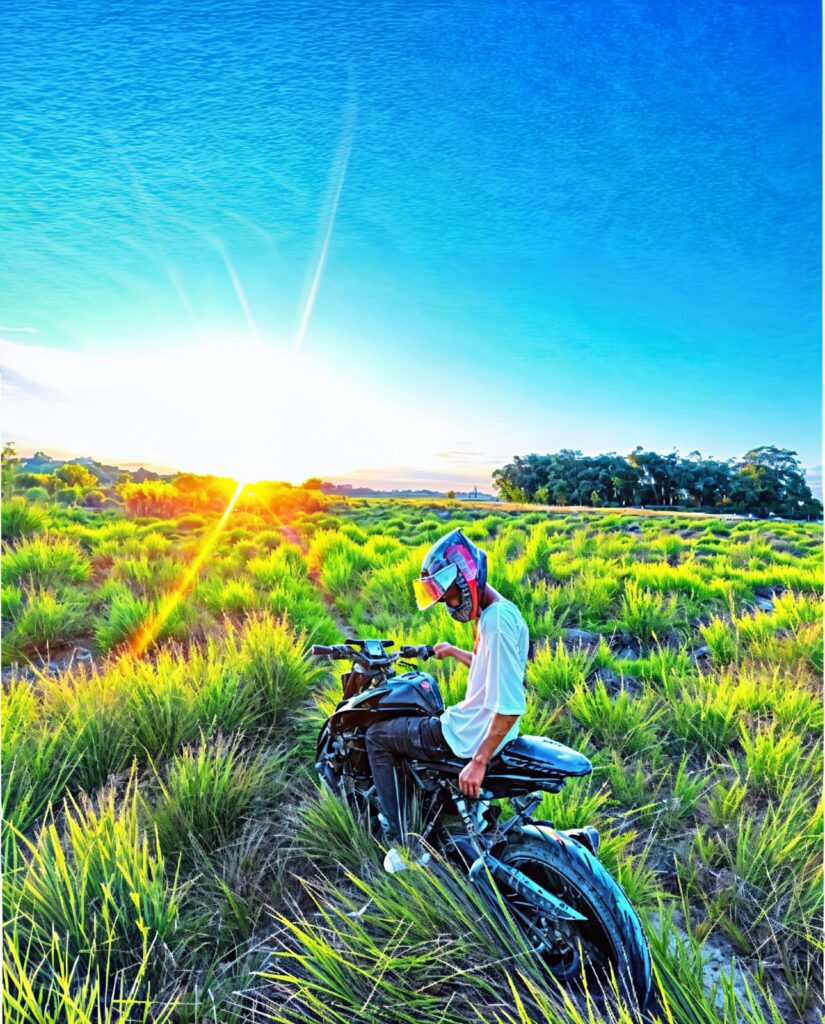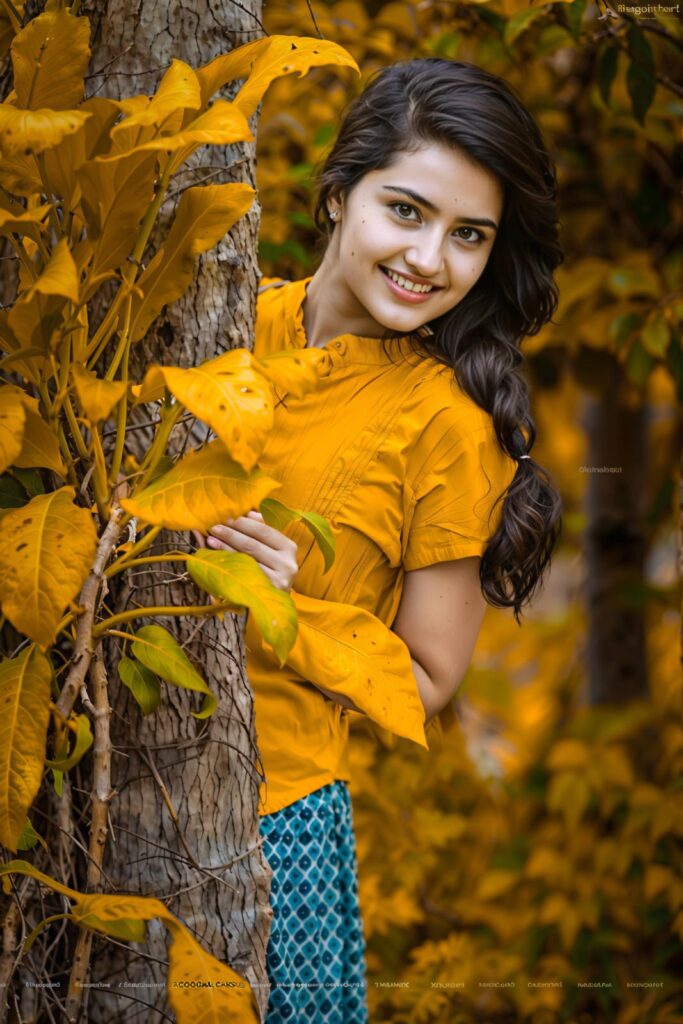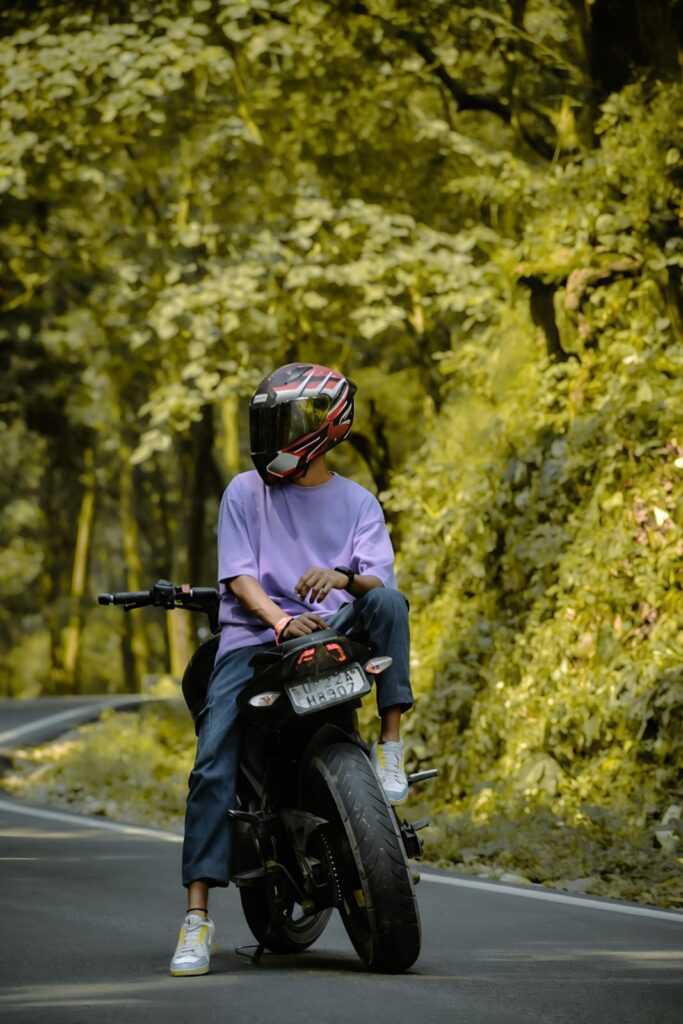Nagpuri Photo Editing Backgrounds in Visual Storytelling: Weaving Culture into the Frame
In the realm of visual storytelling through photography, every element within the frame contributes to the narrative. The subject, lighting, composition, and crucially, the background, all play a vital role in conveying a message, evoking emotion, and establishing context. For photographers seeking to tell stories deeply rooted in the vibrant Nagpuri culture of Jharkhand, Chhattisgarh, and neighboring regions, the choice and treatment of the photo editing background become profoundly significant. It’s not merely a decorative element; it’s a silent narrator, imbuing the image with authenticity, cultural resonance, and emotional depth.
The Background as a Cultural Canvas
Nagpuri culture is rich in its traditions, landscapes, festivals, and the daily lives of its people. When crafting a visual story, whether for documentary, portraiture, or artistic expression, the background can serve as a powerful canvas to paint this cultural narrative. Simply placing a subject in front of a generic studio backdrop can strip an image of its geographical and cultural identity. Conversely, a thoughtfully chosen and edited Nagpuri background immediately grounds the photograph in its specific cultural milieu.
Consider the visual elements often associated with Nagpuri life:

- Lush Greenery and Forests: The Chota Nagpur Plateau is known for its verdant landscapes. A background featuring dense forests, rolling hills, or traditional agricultural fields instantly speaks of the region’s natural beauty and the people’s connection to the land.
- Traditional Homes and Architecture: Mud houses with intricate patterns, local village structures, or even specific architectural details can provide an authentic backdrop that tells a story of heritage and community living.
- Festive Decorations: For images related to festivals like Karam, Sarhul, or Sohrai, backgrounds adorned with traditional decorations, specific symbols, or community gathering spaces (“Akhra”) become essential contextual cues.
- Rural Life Scenery: Simple elements like a bullock cart, a traditional well, a local marketplace, or even the texture of a village road can subtly yet powerfully convey the essence of rural Nagpuri life.
- Folk Art and Craft Motifs: Integrating elements of Nagpuri folk art, patterns from traditional attire, or even symbolic imagery in a stylized background can add layers of cultural meaning.
Beyond the Literal: The Role of Editing in Backgrounds

“Nagpuri photo editing background” doesn’t always mean physically shooting in a specific location. While authentic on-location backgrounds are ideal, photo editing techniques allow for the thoughtful integration or enhancement of backgrounds to suit the narrative. This can involve:
- Enhancing Existing Backgrounds: Often, a scene captured on location might have distracting elements or require aesthetic refinement. Photo editing allows for:
- Color Grading: Applying color palettes that resonate with Nagpuri aesthetics (e.g., earthy tones, warm greens, vibrant but balanced primary colors) to the background can establish a consistent mood.
- Selective Focus/Bokeh: Gently blurring the background can draw attention to the subject while still providing a hint of the cultural setting, creating depth without distraction.
- Contrast and Clarity Adjustments: Enhancing the texture of a mud wall or the sharpness of distant foliage can add realism and depth.
- Background Replacement/Manipulation: In some cases, a background might be entirely replaced or composited to create a specific narrative. This is particularly useful for:
- Studio Portraits: Placing subjects from Nagpuri culture against a carefully chosen digital background that depicts a relevant landscape, traditional structure, or artistic motif.
- Conceptual Photography: Crafting surreal or metaphorical images where the background elements are symbolic of cultural narratives or folklore.
- Historical Recreations: Using historical imagery or recreated backdrops to transport viewers to a specific period or event in Nagpuri history.
- Integrating Textures and Overlays: Subtle textures resembling local fabrics, hand-drawn patterns, or even overlays of relevant natural elements (like leaves or dust) can be added to a background to enrich its cultural texture.

Visual Storytelling Through Backgrounds: Impact and Intent
The deliberate use of Nagpuri-inspired backgrounds in photo editing significantly impacts visual storytelling by:
- Providing Context: A background featuring a traditional dance gathering immediately informs the viewer about the cultural event taking place, even without explicit captions.
- Establishing Mood and Atmosphere: A rustic village backdrop evokes a sense of peace and tradition, while a vibrant festival background conveys joy and celebration.
- Highlighting Authenticity: When the background genuinely reflects the cultural environment, it lends credibility and authenticity to the subject and the story being told.
- Creating Emotional Connection: Viewers from a similar cultural background instantly connect with familiar visual cues, fostering a deeper emotional bond with the image. For others, it offers a window into a new cultural experience.
- Emphasizing Identity: For individuals from the Nagpuri community, being photographed against a culturally relevant background affirms their identity and pride.
- Directing Viewer’s Eye: A well-composed background, even if culturally specific, should not overwhelm the subject. Instead, it should guide the viewer’s eye, adding layers of information without distracting from the main narrative focus.
Ethical Considerations and Authenticity
While photo editing offers immense creative freedom, it’s crucial to approach the use of Nagpuri photo editing backgrounds with sensitivity and respect for authenticity. If the aim is to represent the culture accurately, arbitrary background insertions that do not align with reality can lead to misrepresentation. The most impactful visual stories often arise from genuine engagement with the culture, capturing real moments and environments. Editing should enhance, not distort, the cultural truth.
In conclusion, the background in Nagpuri photo editing is far more than a mere backdrop; it is an active participant in visual storytelling. By consciously selecting, enhancing, or even creating backgrounds that resonate with the rich visual language of Nagpuri culture, photographers can craft images that are not only aesthetically compelling but also deeply meaningful, serving as powerful conduits for cultural narratives in an increasingly visual world.
